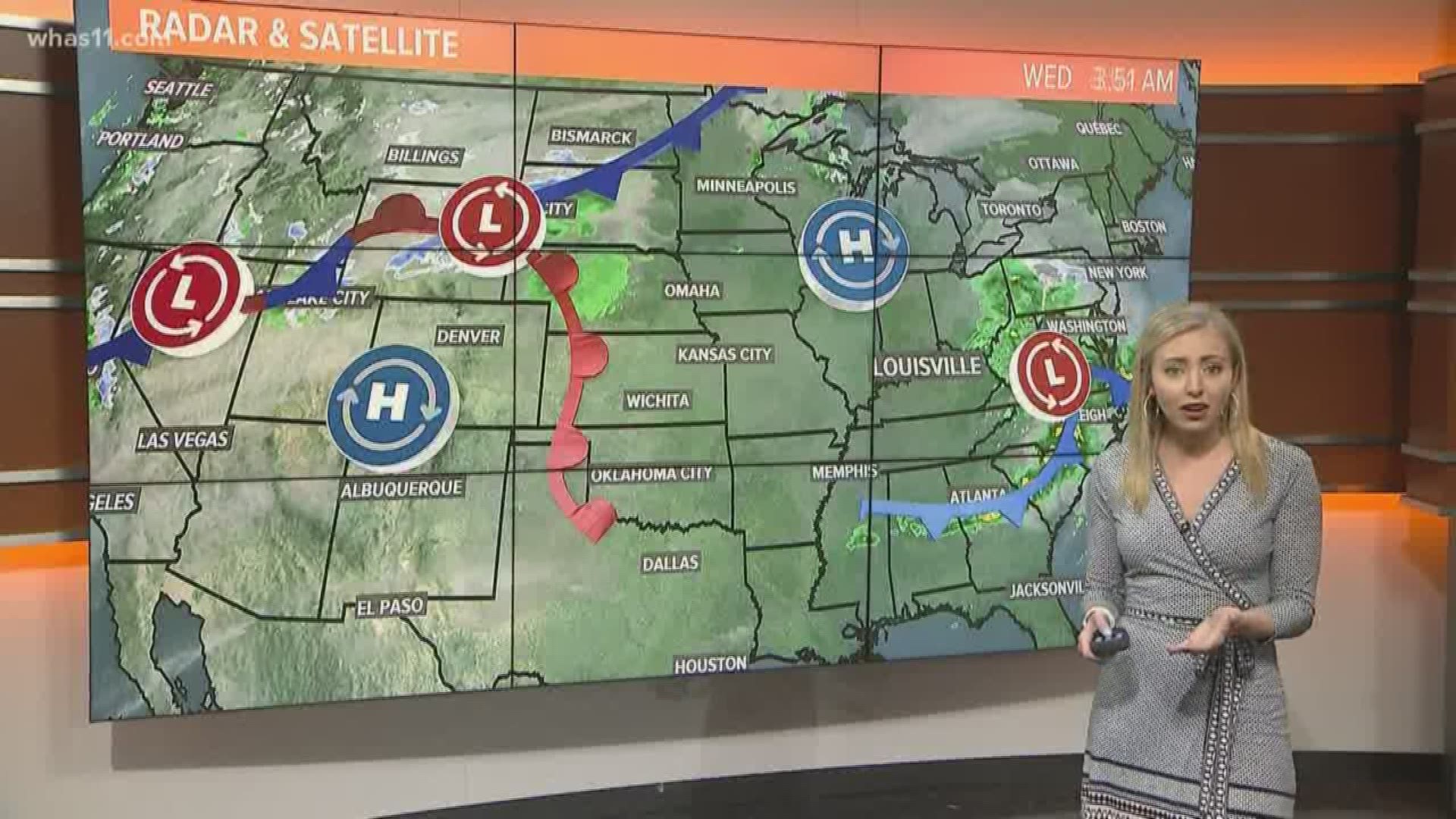LOUISVILLE, Ky. — Today's "Weather-Wise" lesson is about high and low pressure systems.
Have you ever looked at a weather map and thought, "I see a lot of H's and L's, but what do those actually mean?"
Areas of high and low pressure are present across the world at any given time. They are how we describe different weather patterns in the atmosphere that will effect our forecast.
Areas of low pressure tend to be associated with frontal boundaries - both warm and cold.
So how do they work?
Lets start with high pressure. In a high pressure system, air flows down and out of the center. This allows any cloud cover in the area to try and clear out.
As clouds clear, we get to see more sunshine!
For low pressure. In low pressure systems, air flows in and up into the center. Available water in the air begins to condense and as it does, clouds form.
If clouds are given enough time and moisture, they can grow big enough to produce storms.
I hope this helps you understand our weather maps and in-turn our forecast a little bit more!
More from WHAS11:
►Make it easy to keep up-to-date with more stories like this. Download the WHAS11 News app now. For Apple or Android users.
Have a news tip? Email assign@whas11.com, visit our Facebook page or Twitter feed.

